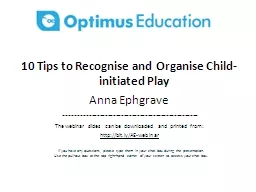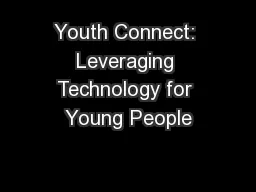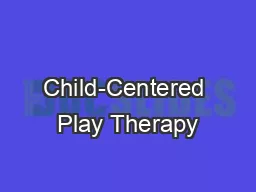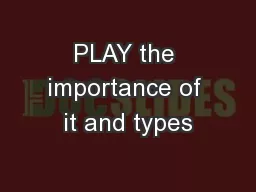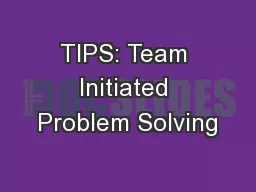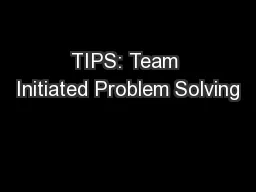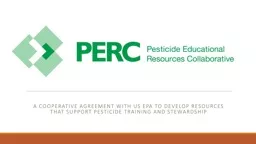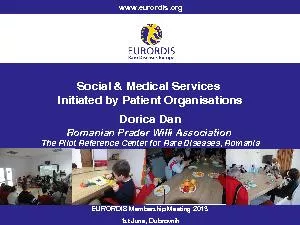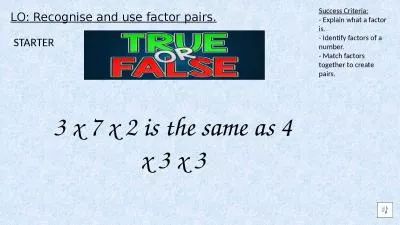PPT-10 Tips to Recognise and Organise Child-initiated Play
Author : faustina-dinatale | Published Date : 2017-11-12
Anna Ephgrave The webinar slides can be downloaded and printed from httpbitlyAEwebinar If you have any questions please type them in your chat box during the
Presentation Embed Code
Download Presentation
Download Presentation The PPT/PDF document "10 Tips to Recognise and Organise Child-..." is the property of its rightful owner. Permission is granted to download and print the materials on this website for personal, non-commercial use only, and to display it on your personal computer provided you do not modify the materials and that you retain all copyright notices contained in the materials. By downloading content from our website, you accept the terms of this agreement.
10 Tips to Recognise and Organise Child-initiated Play: Transcript
Download Rules Of Document
"10 Tips to Recognise and Organise Child-initiated Play"The content belongs to its owner. You may download and print it for personal use, without modification, and keep all copyright notices. By downloading, you agree to these terms.
Related Documents

